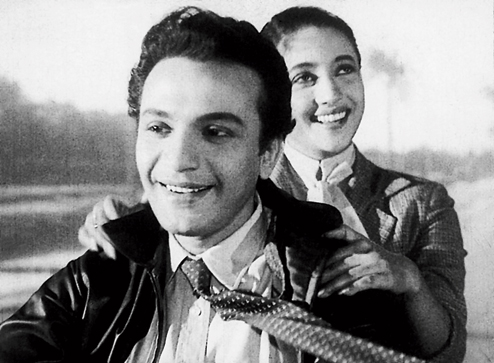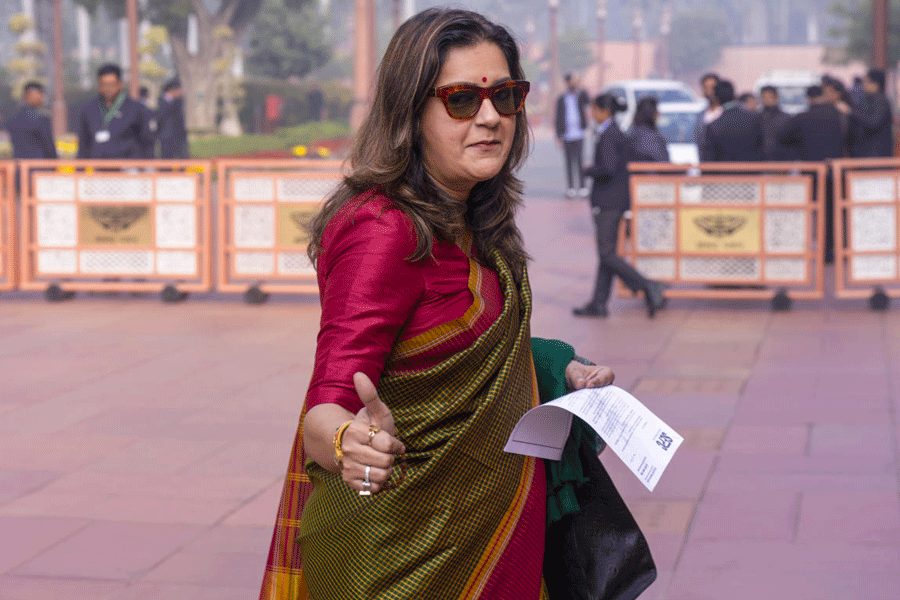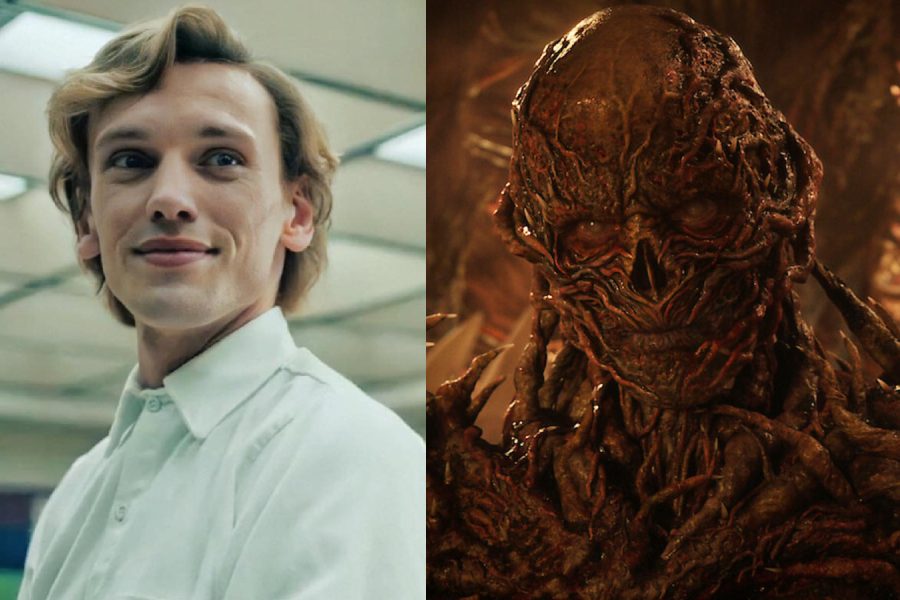 |
In post-Independence India, Bengal saw an influx of refugees and new settlers. The city became a crowded one and we witnessed the old order of the Bengali lifestyle and traditional family structure disintegrating. The old value system got into a state of transition and by the ’50s we saw the Bengali middle class stepping into a new era of thinking and new desires.
A need to break out of the feudal structure and look for a nuclear space, away from the joint family set-up. The young Bengali middle class was looking for privacy, be it in the sphere of love or family and moving into a nuclear space, and this is where Uttam-Suchitra emerged as a pair who managed to reassert themselves in this new context.
Suchitra-Uttam’s pair managed to trigger and fuel the desire further. An iconic agent pointing towards a personal space which the Bengali middle class wanted to identify with. I see different dimensions to this. We see Suchitra as a simple middle-class girl in love with a rich boy played by Uttam or a rich and brash Suchitra in love with a plain and poor Uttam.
In a city that was becoming urban with new businesses opening up and people trying out new professions, we see through them a longing for social equality.
Far removed from the usual film characters of a zamindar or a rural farmer, Uttam as the neighbourhood boy who goes cycling down the road every day in pyjamas and in love with this next-door college girl who is Suchitra created a fresh understanding of the self that was easily identifiable.
 |
Be it Suchitra as Romola who comes to live in Annapurna Boarding and Uttam as Rampreeti, the boy from a wealthy family who lives there too and then they fall in love in Sharey Chuattar.
Or Harano Sur where Uttam, a rich businessman loses his memory and is nursed back to health by Suchitra, before he regains his memory and forgets Suchitra.
The Bengali middle-class youth could relate to the different characters they were playing despite the changing film context. We usually try to validate ourselves or our identity through art, in this case cinema and cinematic characters and Suchitra-Uttam evoked and reasserted the feeling that ‘this boy or girl could be me’.
Suchitra-Uttam managed to plant themselves and fill that gap which may not have been achievable right away, for the people watching them on screen.
Take for example the song Ei path jodi na shesh hoy (in picture) from Saptapadi where we see Suchitra and Uttam taking their bike and going away on a long ride with no fixed destination. There was something liberating in it of trying to explore a domain that was only about ‘you and me’.
Generating a new value system or a future possibility of turning nuclear was alluring and the advent of Suchitra-Uttam, symptomatic.
Again in the middle of the ’90s we saw a revival of Suchitra-Uttam films. That was again a time when the old order of the ’60s and ’70s was breaking. That much desired nuclear space had been achieved but Bengalis were going through another transition. This is when Suchitra-Uttam became vital again since they were from a point when this need to change and break out was born.
 |
We always look for cultural icons and this was a time when people were looking for a narrative that Bengalis could once again identify with. But with the collapse of the Bengali film industry there was no one to act as that agent of change or validate the new order. That is where Suchitra-Uttam, although vintage to the times, revalidated the personal space and nuclear setting.
They were also a revalidation of those ethics that defined Bangali culture but was then under heavy influence of Hindi cinema on language, love and life. Suchitra-Uttam exuded a certain innocence and Bangaliana and managed to reassure and restore the cultural values that the Bengali middle class felt was being encroached upon.
Post-2000, as I see ourselves reaching another point of transition, I still find that Suchitra-Uttam’s iconic value is yet to be replaced by a stronger icon. Till then Suchitra-Uttam will keep resurfacing and whenever Bengalis need to look for identity and discover a narrative that will reassure us as cultural beings, we will return to their cinematic moments.
Suman is a filmmaker and theatre director
 |
THEIR FILMS
Ekti Raat (1956)
A comic caper with Uttam and Suchitra pretending to be husband and wife, and stepping on each other’s toes all the time.
Harano Sur (1957)
The superhit Suchitra Sen-Uttam Kumar film defined by the lovebirds singing Tumi je amaar.
Pathe Holo Deri (1957)
This tale of love, separation and reunion saw Uttam and Suchitra crooning E sudhu gaaner din.
Rajlakshmi O Srikanto (1958)
Childhood love lost and found and lost again. A tragic tale riding the able shoulders of Uttam as the bohemian Srikanto and the limpid eyes of Suchitra as the hapless Rajlakshmi.
Indrani (1958)
Cheers for them falling in love. Tears for their marriage falling apart. Cheers again for their final-reel reunion.
Deep Jwele Jaai (1959)
Suchitra Sen went solo as a hospital nurse healing the mentally ill with all her heart. Arguably her best. Generations of men have since gazed into a dark night and serenaded her in their mind’s eye to Ei raat tomar amaar.
Chaowa Paowa (1959)
Uttam Kumar as a rookie reporter and Suchitra Sen as the daughter of a newspaper tycoon. Sizzling chemistry made this rom-com a hit. Aamir Khan and Pooja Bhatt followed them 30 years on, with Dil Hai Ki Manta Nahin.
Saptapadi (1961)
A TRP topper even after five decades. She Rina Brown, he Krishnendu. They on BMW bike singing Ei path jodi na sesh hoy. They fight, they fall in love, they are torn apart, they reunite. He is charming. Her eyes say it all. Uttam-Suchitra at their best.
Grihadaho (1967)
Torn between the two Kumars, Uttam and Pradip, Suchitra’s Achala chooses love over money. A tear-jerker about love and life’s travails.
Alo Amaar Alo (1972)
An edgy relationship story of Uttam the rake who reforms and Suchitra the victim of his lust and then the object of his love.











